Did you know that according to recent studies, nearly 30% of adults over the age of 65 experience a fall each year? Falls can have serious consequences for seniors, leading to injuries and a loss of independence. However, there is a solution that can help prevent these falls and improve overall quality of life for older adults: functional movement therapy. This specialized form of physical therapy focuses on improving mobility, joint stability, and overall physical function in seniors.
1.Embracing Independence Through Occupational Therapy
Empowering Seniors to Perform Daily Activities with Ease
Occupational therapy is a powerful tool that empowers seniors to perform their daily activities with ease. By working with a physical therapist, seniors can regain and enhance their physical and cognitive abilities, promoting independence in their daily lives.
Through occupational therapy, seniors receive individualized education and support to improve their mobility and functional skills. They learn techniques and strategies to navigate their environment safely, whether it’s at home or in public spaces. This therapy focuses on helping seniors achieve their goals by providing them with the necessary tools and resources.
Enhancing Physical and Cognitive Abilities for Independence
One of the key benefits of occupational therapy is its ability to enhance both physical and cognitive abilities in seniors. Physical therapists work closely with individuals, tailoring exercises and activities to improve strength, flexibility, balance, coordination, and endurance.
Occupational therapy incorporates cognitive exercises that stimulate memory, attention, problem-solving skills, and overall mental acuity. These interventions not only promote independence but also contribute to an improved quality of life for seniors.
Equipping Seniors with Practical Skills for Safe Navigation
Occupational therapy equips seniors with practical skills that are essential for safe navigation in their everyday lives. Seniors learn how to adapt their living spaces to meet their specific needs by making modifications such as installing grab bars or using assistive devices like walkers or canes.
Furthermore, occupational therapists help seniors develop strategies for managing daily tasks such as cooking, dressing, bathing, or driving. By learning efficient techniques and utilizing adaptive equipment when needed, seniors gain confidence in performing these activities independently.
In embracing occupational therapy as a means of functional movement therapy for seniors, they can experience newfound freedom in performing daily activities while maintaining a sense of control over their own lives.
2. Dance and Movement: Fun Fitness for Seniors
Dancing is a joyful way for seniors to stay physically active and engage socially.
Dance is not just about moving your body to the rhythm of music; it can also be an enjoyable form of exercise for seniors. Engaging in dance classes or social dancing allows older adults to stay physically active while having fun. Whether it’s ballroom dancing, line dancing, or even Zumba, seniors can choose a style that suits their preferences and abilities.
Dance improves cardiovascular health, flexibility, and coordination in older adults.
One of the benefits of dance for seniors is improved cardiovascular health. The rhythmic movements involved in dancing get the heart pumping and increase blood circulation throughout the body. This helps strengthen the heart muscle and lowers the risk of cardiovascular diseases.
In addition to cardiovascular benefits, dance also promotes flexibility in older adults. The various movement patterns and stretches performed during dance routines help improve joint mobility and muscle flexibility. This can contribute to better posture, reduced stiffness, and increased range of motion.
Furthermore, dance enhances coordination skills among seniors. The combination of footwork, arm movements, and timing challenges the brain-body connection. Regular practice can lead to improved balance and coordination, reducing the risk of falls.
Participating in dance classes can boost mood and mental well-being among seniors.
Engaging in dance classes or social dancing provides more than just physical benefits for seniors; it also has positive effects on mental well-being. Dancing releases endorphins – feel-good hormones that promote happiness and reduce stress levels. It offers a creative outlet for self-expression while providing opportunities for social interaction with peers.
Moreover, research suggests that participating in regular dance activities may help alleviate symptoms of depression among older adults. The combination of physical activity, music, and social engagement creates a holistic approach to improving mood and overall mental well-being.
So why not put on those dancing shoes?
3. Enhancing Cardiovascular and Cognitive Health in Seniors
Regular exercise is not only beneficial for maintaining physical fitness but also plays a crucial role in enhancing cardiovascular and cognitive health in seniors. Many seniors may be concerned about their heart health, especially as they age. However, engaging in functional movement therapy can help address these concerns and provide numerous benefits.
One of the key advantages of regular exercise is its positive impact on cardiovascular health. Studies have consistently shown that physical activity improves heart health and reduces the risk of cardiovascular diseases in seniors. By engaging in aerobic exercises, such as brisk walking or swimming, elderly individuals can promote better blood flow, strengthen their hearts, and lower the chances of developing heart disease.
In addition to benefiting the heart, physical activity also stimulates brain function. Research has demonstrated that seniors who engage in regular exercise experience enhanced cognitive abilities and improved mental health. Exercise promotes better blood flow to the brain, which helps nourish brain cells and supports optimal cognitive function. It has been linked to improvements in memory, attention span, and overall brain health.
4. Building Strength and Balance for Aging Well
Strength Training: Maintaining Muscle Mass, Bone Density, and Overall Strength
Strength training is an essential component of functional movement therapy for seniors. As we age, our muscle mass naturally decreases, leading to a loss of strength and mobility. However, incorporating strength exercises into fitness routines can help counteract these effects.
By engaging in regular strength training, seniors can maintain muscle mass, increase bone density, and improve overall strength. This not only enhances physical health but also promotes independence and reduces the risk of injury or falls. Exercises such as weightlifting, resistance bands, or bodyweight exercises like squats and push-ups are effective ways to build muscle strength.
Balance Exercises: Reducing Risk of Falls and Improving Stability
Balance is crucial for maintaining stability and preventing falls in older adults. With age, there is a decline in dynamic balance and core stability. However, balance exercises can help improve coordination and proprioception.
Incorporating balance training into functional movement therapy helps seniors develop better postural control and coordination. These exercises focus on improving static balance (standing still) as well as dynamic balance (moving while maintaining equilibrium). Examples include standing on one leg, heel-to-toe walking, or using stability balls.
Resistance Training: Enhancing Functional Abilities as We Age
Resistance training plays a significant role in functional movement therapy for seniors by enhancing their ability to perform everyday activities with ease. It involves working against resistance to strengthen specific muscles or muscle groups.
By incorporating resistance training into fitness routines, older adults can improve their muscular endurance and power. This translates to improved performance in daily tasks such as lifting groceries or climbing stairs without feeling fatigued.
Resistance exercises can be performed using various equipment like dumbbells, resistance bands, or machines specifically designed for seniors’ needs.
5. Boosting Senior Confidence with Regular Exercise
Regular exercise is not only beneficial for physical health but also plays a crucial role in boosting self-confidence and improving body image in older adults. Let’s explore the reasons why seniors should embrace functional movement therapy to enhance their confidence levels.
Physical activity releases endorphins
Engaging in physical activity, such as exercise or training, stimulates the release of endorphins in the body. These natural feel-good chemicals promote a positive mindset and reduce stress levels. As seniors participate in regular exercise, they experience an uplifted mood and a greater sense of well-being. This increased positivity can have a significant impact on their overall confidence.
Achieving fitness goals promotes empowerment
Regular exercise allows seniors to set fitness goals and work towards achieving them. As they progress and witness improvements in their strength, flexibility, or endurance, they develop a sense of accomplishment. This achievement instills a feeling of empowerment and boosts their self-confidence. Seniors become more aware of their capabilities and are motivated to continue pursuing their fitness journey.
Improved body image enhances confidence
Functional movement therapy helps seniors improve their body image by enhancing physical abilities and promoting better posture. Through targeted exercises that focus on balance, coordination, and strength, older adults can witness positive changes in how they move and carry themselves. These improvements contribute to an enhanced sense of self-worth and confidence.

6. Overcoming Barriers to Senior Fitness
Tailoring exercise programs to individual needs and abilities
One of the key reasons why seniors should embrace functional movement therapy is that it allows exercise programs to be tailored to their specific needs and abilities. As we age, physical limitations may arise, making certain exercises challenging or even impossible. Functional movement therapy takes these limitations into account and designs exercise routines that are suitable for each individual.
By customizing the exercises, seniors can work on improving their strength, flexibility, balance, and endurance without pushing beyond their limits. This personalized approach ensures that seniors can safely engage in fitness activities and make progress at their own pace.
Providing a supportive environment and encouragement
Another reason why functional movement therapy is beneficial for seniors is the provision of a supportive environment and encouragement. Many older adults face challenges.
Functional movement therapy creates a welcoming atmosphere where seniors feel supported by trained professionals who understand their unique needs. This support system encourages them to step out of their comfort zones and participate in fitness activities with confidence. The positive reinforcement they receive helps build self-esteem and motivates them to continue working towards their fitness goals.
Addressing common barriers like lack of time or transportation
Lastly, functional movement therapy addresses common barriers that often prevent older adults from engaging in regular exercise. Lack of time or transportation can be a significant obstacle for seniors who want to stay active but struggle with logistical challenges.
Functional movement therapists recognize these barriers and provide solutions such as offering flexible scheduling options or arranging transportation services for those in need. By addressing these practical concerns, functional movement therapy promotes regular exercise among older adults, ensuring they have access to the resources necessary for maintaining an active lifestyle.
7. Fall Prevention and Managing Chronic Conditions
Focus on Balance and Coordination
Functional movement therapy is an excellent way for seniors to improve their balance and coordination, reducing the risk of falls. Through targeted exercises and interventions, this therapy helps seniors build strength in their muscles, which in turn enhances their stability and ability to maintain balance. By incorporating exercises that challenge their proprioception (awareness of body position) and vestibular system (responsible for balance), seniors can develop better control over their movements.
Managing Chronic Conditions with Regular Exercise
One of the key benefits of functional movement therapy for seniors is its ability to help manage chronic conditions. Regular exercise has been shown to have a positive impact on conditions such as arthritis, diabetes, and heart disease. By engaging in physical activity, seniors can improve blood circulation, regulate blood sugar levels, and strengthen their cardiovascular system.
Alleviating Symptoms of Chronic Pain
Seniors dealing with chronic pain often find relief through functional movement therapy. The strengthening of muscles and improvement in flexibility achieved through exercise can alleviate symptoms associated with conditions like arthritis or joint pain. Engaging in regular physical activity also triggers the release of endorphins, which are natural painkillers produced by the body.
Conclusion: The Path to Active Aging
Congratulations! You’ve reached the end of this blog post, and now you have a wealth of information on why seniors should embrace functional movement therapy. By incorporating occupational therapy, dance and movement, cardiovascular exercise, strength training, and fall prevention strategies into their lives, seniors can enhance their overall well-being and maintain an active lifestyle.
It’s never too late to start prioritizing your health and embracing a more active lifestyle. So why wait? Take the first step towards active aging by incorporating some of these strategies into your daily routine. Whether it’s joining a dance class, working with an occupational therapist, or simply going for a walk every day, small changes can make a big difference in your quality of life. Remember, the path to active aging begins with you!
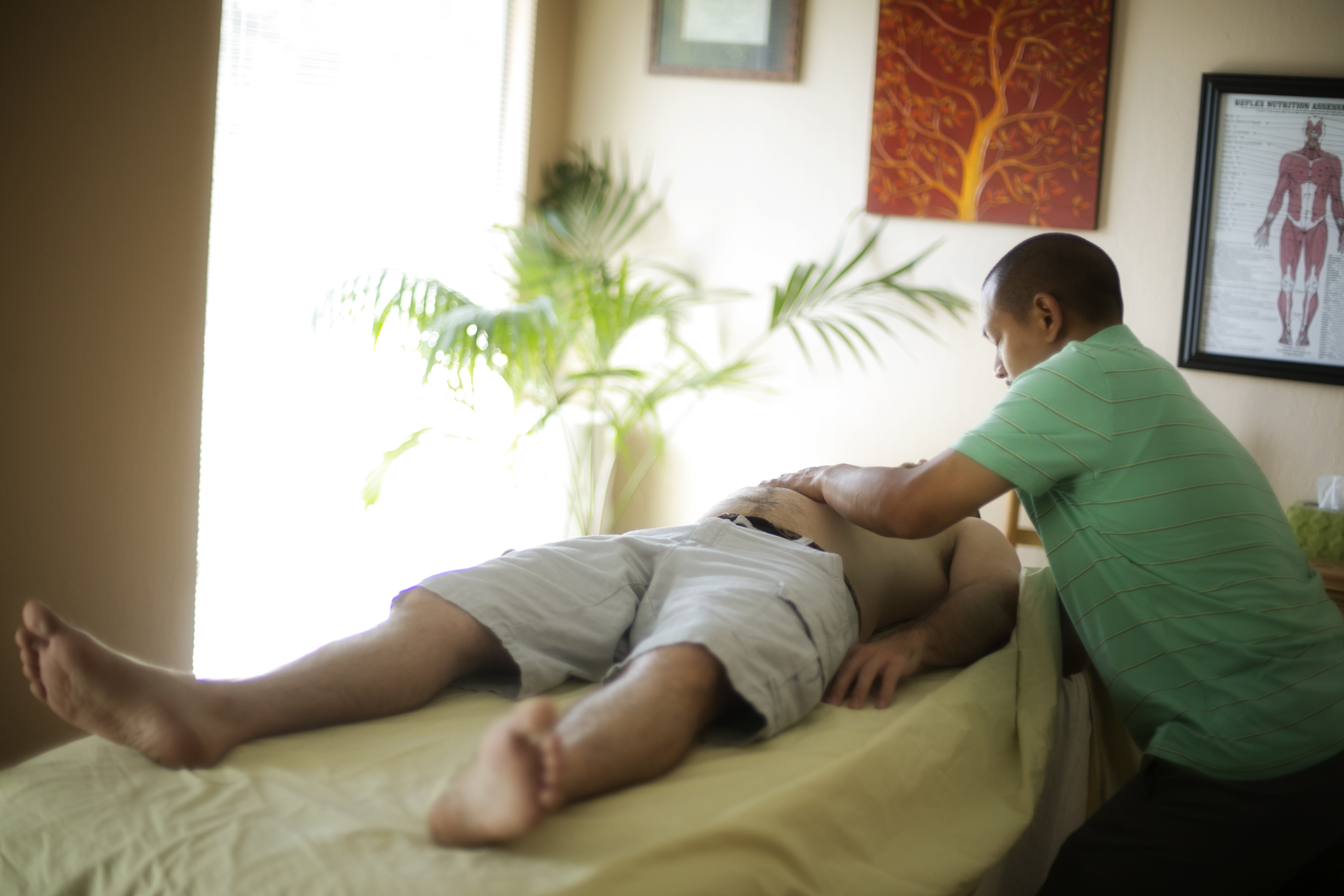
Embracing Functional Movement Therapy for Injury Recovery: Your Journey to Enhanced Mobility with MedicinEvolution!
Are you facing challenges in your athletic endeavors due to a sports injury, battling discomfort, and restricted movement? Look no further than MedicinEvolution for a solution. Here, the principles of Functional Movement Therapy are meticulously employed to address your sports-related injuries, paving the way for a more effective and holistic recovery. Say farewell to the limitations brought on by muscle imbalances, overuse, and repetitive sports actions—as MedicinEvolution delves deep into the underlying causes of your injury, fostering a profound healing journey. Their adept techniques promise a significant shift away from the pain and mobility issues that have been impacting your sports performance.
If you’re dealing with ongoing discomfort, stiffness, or the exasperating constraints of a sports injury, their tailored Functional Movement Therapy is crafted to cater to the unique demands of your situation. Don’t allow setbacks from injuries to dictate your sports narrative—seize control and book your appointment with MedicinEvolution now! Step into the world of Functional Movement Therapy and commence a journey toward a more dynamic, pain-free lifestyle. Your body, along with your sporting goals, will thank you!

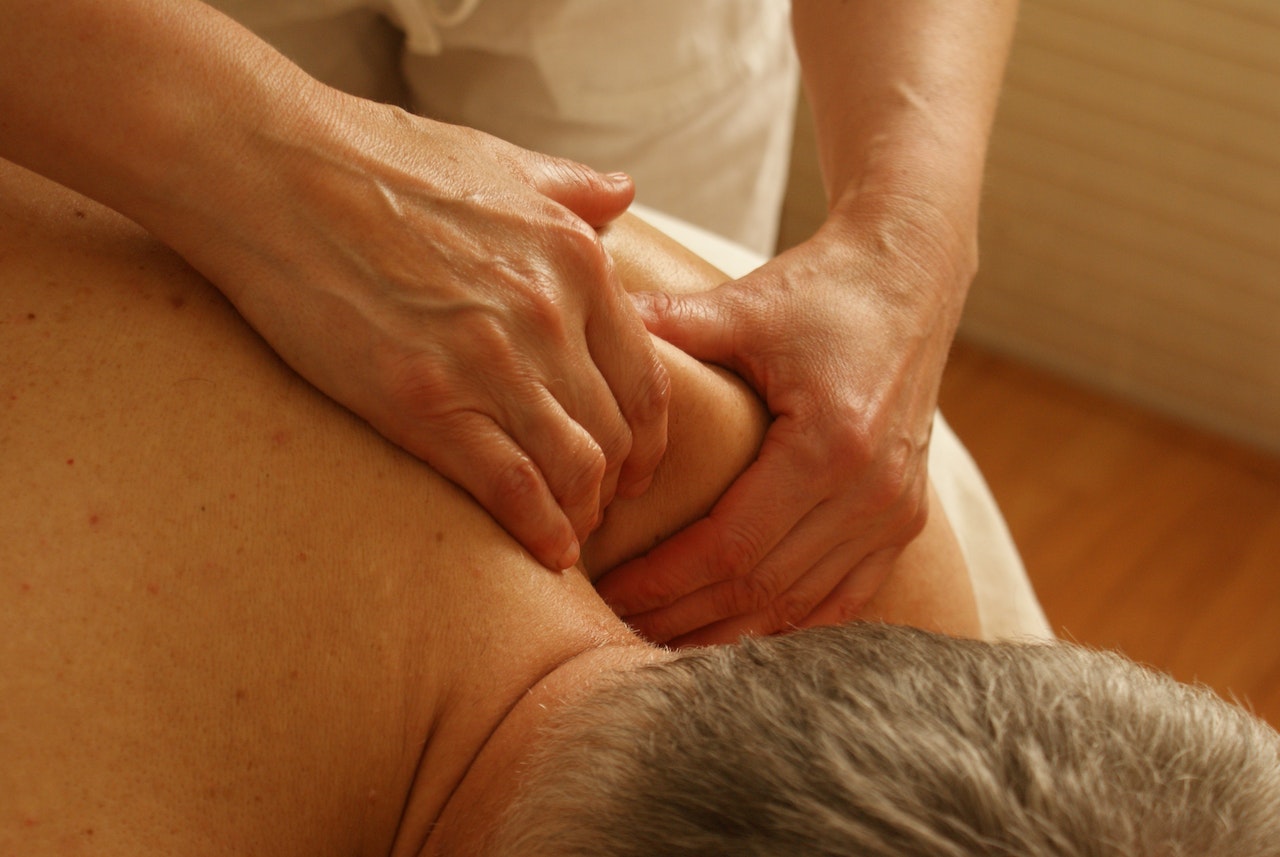

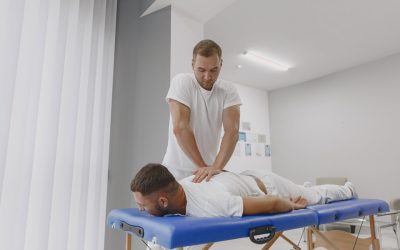
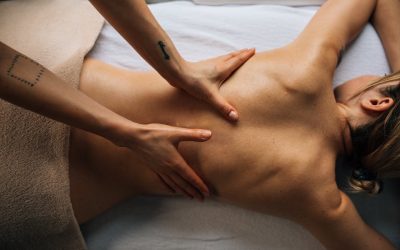
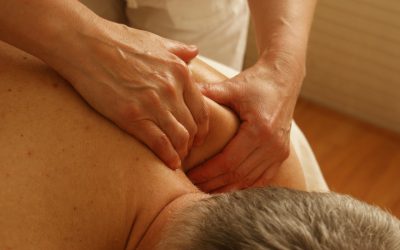
0 Comments